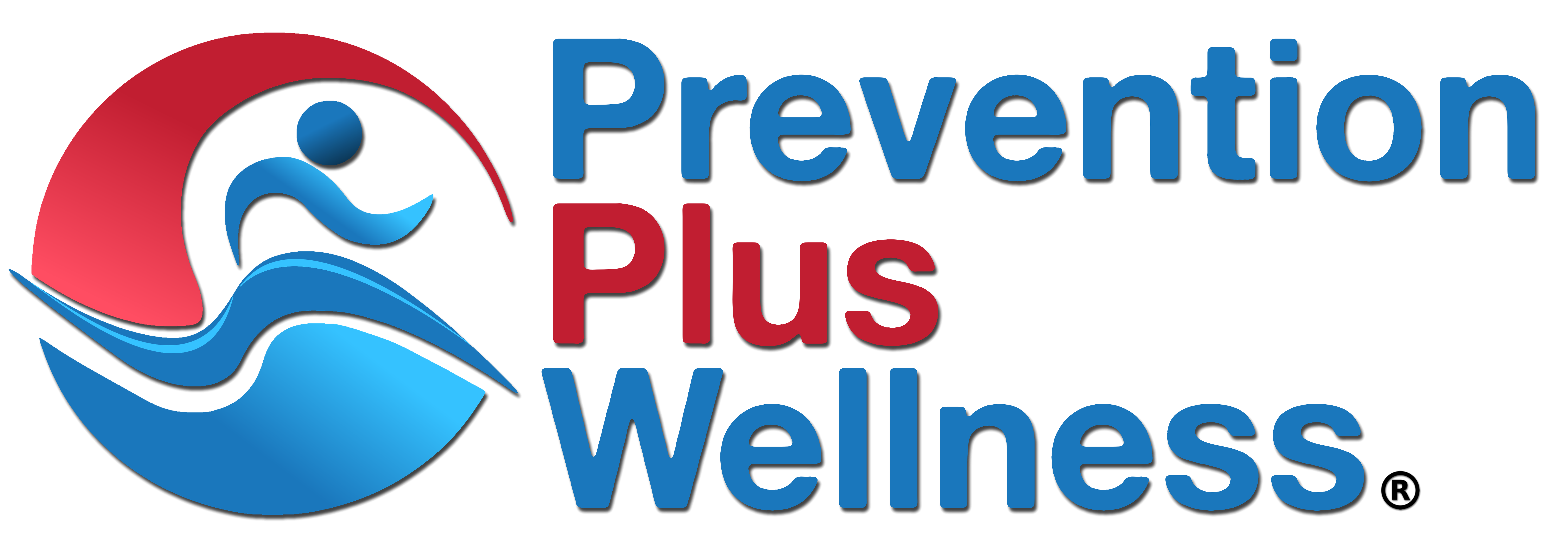Youth substance use prevention programs that promote healthy lifestyle behaviors are critically needed to promote the overall physical and mental health of young people.
I would guess most substance use prevention professionals are well aware that according to the latest Youth Risk Behavior Survey (YRBS) data (2019) 6 out of 10 US high school adolescents have drank alcohol, 5 in 10 have vaped e-cigarettes and nearly 4 in 10 (37%) have used marijuana (https://www.cdc.gov/healthyyouth/data/yrbs/index.htm).
But I would bet most prevention specialists are less aware that YRBS data also indicate that 3 of 4 American adolescents don’t get eight hours of sleep a night, 2 out of 3 do not each breakfast every morning, and less that 1 in 4 get an hour of physical activity every day.
The above data indicate that US adolescents are at risk for various types of substance use, particularly what I call the Big 3 substances, that is alcohol, e-cigarettes and marijuana.
Similarly, the YRBS data above show that youth are at risk for chronic disease development and mental health problems from another type of Big 3, that is healthy lifestyle behaviors of physical inactivity, lack of sleep and not eating healthy breakfast and other nutritious foods.
Together, the broader picture of YRBS data shows that most American youth are in need of programs and campaigns that address both substance use prevention and promote healthy habits lacking among most youth.
A study of the longitudinal patterns of multiple health risk behaviors of US adolescents (2016) found that less than 4.2% of adolescents met all 8 healthy behavior guidelines while 10.2% had greater than five risk behaviors by age 16.
The authors of this study recommended that prevention should target multiple risk behaviors because of the need among US adolescents (https://pubmed.ncbi.nlm.nih.gov/26656404/.
There are an amazing number of benefits of helping youth engage in living a healthy lifestyle consisting of getting regular physical activity, eating a daily breakfast and other health foods like fresh fruits and vegetables and getting at least eight hours of sleep each night.
Benefits of a healthy lifestyle include:
- Less alcohol, tobacco and illicit drug use, depression, anxiety and unsafe sex
- Improved physical and mental health and quality of life
- More positive self-image, self-esteem, self-regulation, self-confidence and life skills
- Greater brain development and cognitive functioning
- More opportunities to socialize, have fun and make friends
- Greater academic success measured in less suspensions and dropouts and greater attendance and attending college
- Less heart disease, diabetes, cancer, stroke, obesity and osteoporosis
How effective are multiple risk behavior programs? Two reviews of research showed that multi-health behavior programs decreased adolescent substance use in at little as one-time programs (https://www.tandfonline.com/doi/abs/10.1080/10826084.2018.1452338) and universal school-based interventions addressing multiple risk behaviors influenced alcohol, tobacco and illicit drug use, antisocial behavior and improved physical activity (https://www.cochrane.org/CD009927/PUBHLTH_interventions-preventing-multiple-risk-behaviours-young-people).
The main implication of this information for prevention professionals, teachers, coaches and parents is to integrate substance use prevention with the promotion of healthy lifestyle behaviors to increase the likelihood of improving the mental and physical health of young people.
One way this can be accomplished is to implement existing evidence-based programs that integrate substance use prevention with healthy behavior promotion like those offered at Prevention Plus Wellness (https://preventionpluswellness.com).
A less efficient but optional strategy is to provide both substance use prevention and health and fitness programs and opportunities for youth.
Either way, it is critical prevention specialists address a broader range of health risks youth experience to promote their mental and physical wellbeing.

